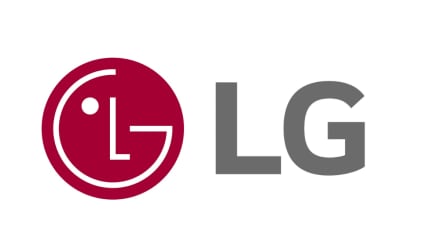Consumer electronics major LG India will not increase prices of air conditioners (ACs) in January 2026, when the new Bureau of Energy Efficiency (BEE) norms will kick in. This is the first time a key player in the sector is opting to hold price lines when the new energy efficiency rules, normally introduced every alternate year, will come into effect, dividing the industry on the matter. BEE norms are reflected in star ratings on cooling products such as ACs and refrigerators.
Typically, every increase in star rating pushes up the price of ACs by about 5-8%. LG India’s Chief Sales Officer Sanjay Chitkara told FE the additional cost for producing energy-efficient ACs had been absorbed by the goods and services tax (GST) cut of 10%, announced and implemented in September. GST on ACs, TVs and dishwashers was rationalised to 18% from 28% earlier, prompting players including LG to slash prices proportionately at that time.
“There will be no price increase in ACs that will be passed on to consumers when the new BEE norms become effective next year,” Chitkara said. While experts view LG’s strategy as a clever move at a time when AC inventories have been high owing to unseasonal and extended rains, players such as Haier Appliances India and Godrej Appliances say that holding price lines will be difficult, especially in the case of five-star rated ACs.
“There is more raw material such as copper required to improve energy efficiency of ACs. Energy consumption of ACs is also higher than refrigerators because it provides cooling across a wider area. In the case of five-star rated ACs, it is impossible to avoid price hikes when energy efficiency improves,” NS Satish, president, Haier Appliances India, said.
Kamal Nandi, business head and executive vice-president, appliances business, Godrej Enterprises Group, said consumers would likely see two sets of products in the marketplace in January — existing AC stock with lower star rating (and lower price) and new stock that will be introduced from January 2026 onwards with higher star rating. Those wanting the lowest price may opt for the former and those wanting better energy efficiency may go for the latter at a higher price, he said.
“Companies have a window of three months (between January and March 2026) to exhaust old inventory. There are likely to be consumers wanting the lowest price versus those wanting better energy efficiency. This will likely help the industry offload existing inventory in the trade pipeline,” Nandi said.
While the AC market, estimated to be around 12-13 million units in terms of size, declined by at least 18-20% in the first half of FY26 on account of muted demand due to a lean summer season, projections for the second half of the year are better, driven by GST cut, industry experts said. Sector experts also point to favourable macro-economic factors such as fiscal and monetary policy measures, which has increased disposable incomes and is expected to help improve demand conditions as well as sales in the second half of the year.
The Indian AC market is among the most competitive in the world, according to an Icra report, with at least 10-15 players operating.
